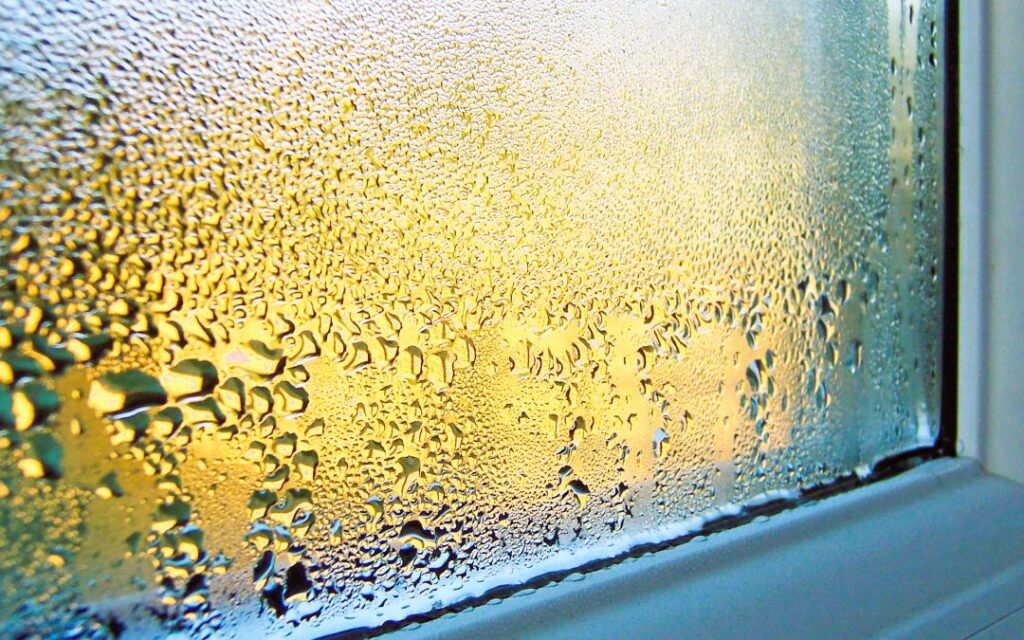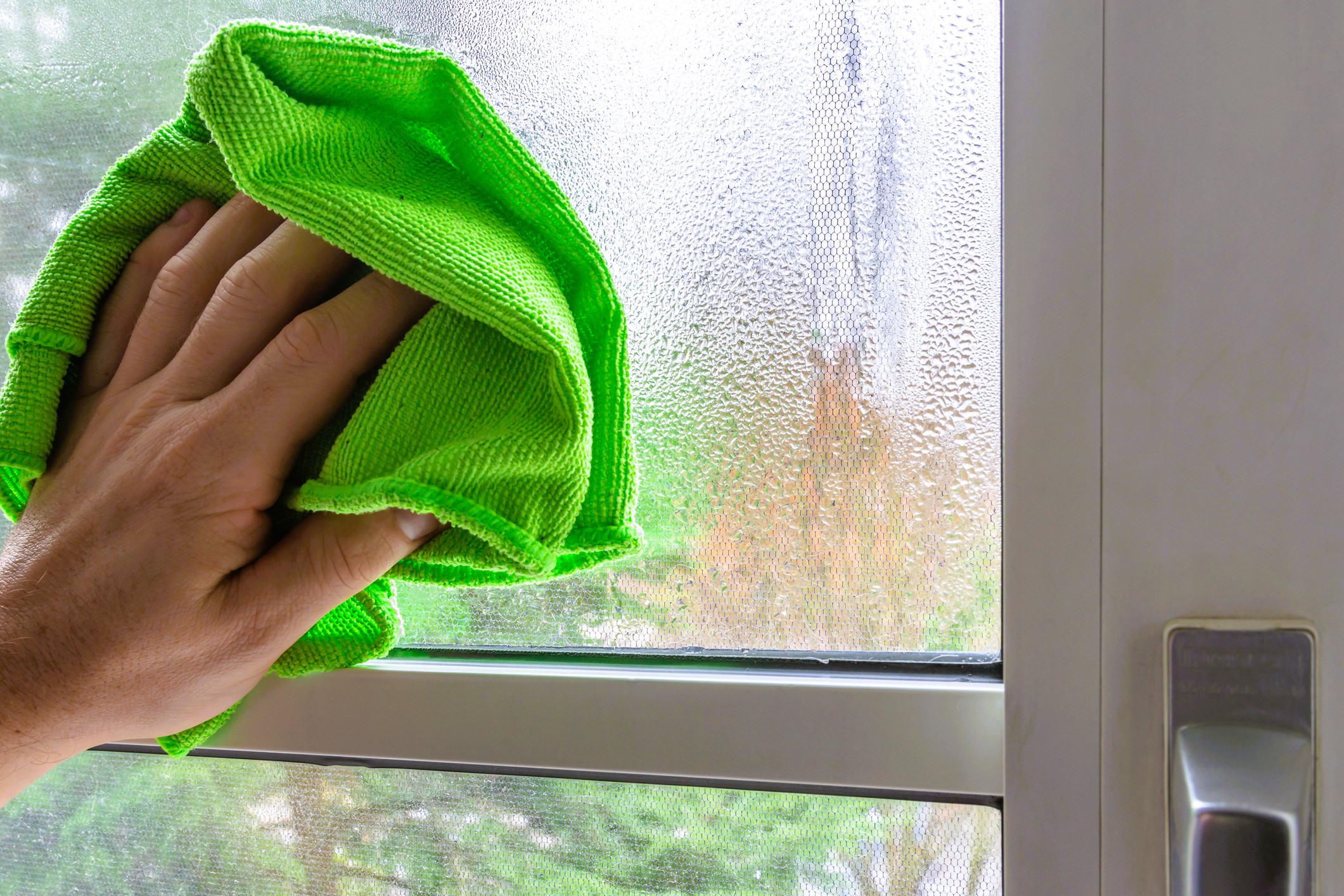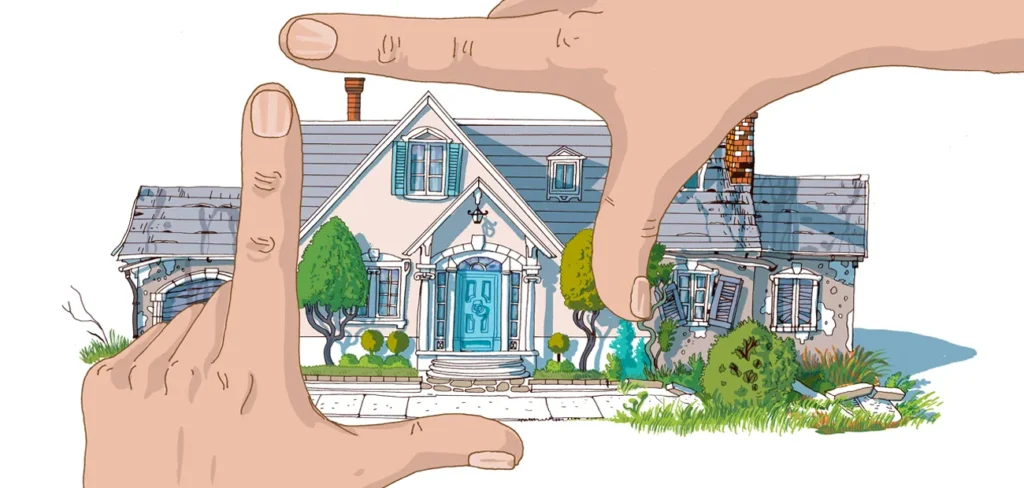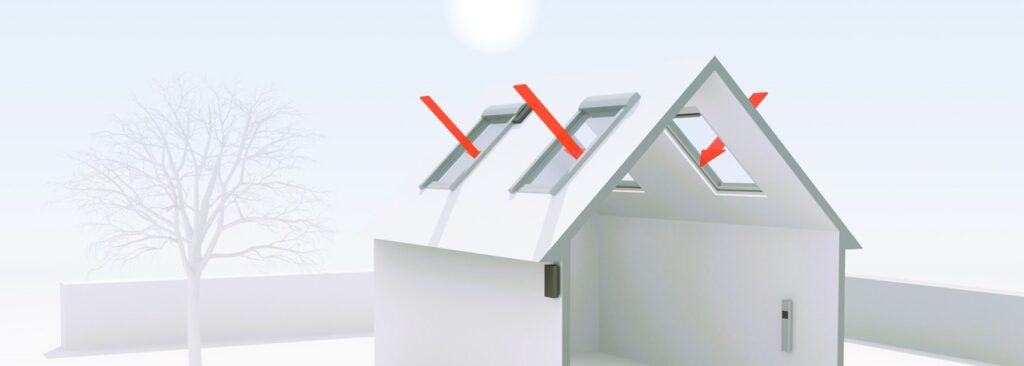Window condensation is a common issue that many homeowners face, especially during colder months. It can be frustrating to wake up to foggy windows, not only obstructing the view but also potentially leading to moisture-related problems. To effectively address window condensation, it’s important to understand its causes and explore suitable solutions. In this article, we will delve into the factors that contribute to window condensation, discuss the potential implications, and provide practical solutions to minimize or eliminate condensation in your home.
- Understanding Window Condensation
We will begin by explaining what window condensation is and how it occurs. Condensation forms when warm, moist air comes into contact with a cold surface, causing the water vapor in the air to convert into liquid. We will discuss the science behind condensation and how it relates to temperature, humidity levels, and the properties of different window materials.
- Factors Contributing to Window Condensation

Multiple factors can contribute to window condensation. We will explore these factors in detail, including indoor humidity levels, inadequate ventilation, poor insulation, and the quality and efficiency of windows. By understanding these factors, homeowners can identify potential culprits and take appropriate measures to address the issue.
- Implications of Window Condensation
Window condensation, if left unaddressed, can lead to various problems. We will discuss the potential implications of condensation, such as water damage to window frames, mold growth, deterioration of window seals, and even potential health risks. Understanding these implications emphasizes the importance of finding effective solutions to prevent or minimize condensation.
- Solutions for Window Condensation
We will provide practical solutions to address window condensation, focusing on both preventive measures and remedial actions. These solutions will include:
- a. Controlling indoor humidity levels: We will discuss strategies to manage indoor humidity, such as using dehumidifiers, proper ventilation, and reducing moisture sources.
- b. Improving ventilation: We will explore the importance of adequate airflow in reducing condensation and provide tips on utilizing exhaust fans, opening windows, and using mechanical ventilation systems.
- c. Enhancing insulation: Proper insulation can minimize temperature differences and reduce the likelihood of condensation. We will discuss insulation options for windows, including weatherstripping, adding insulation film, and upgrading to energy-efficient windows. Self-installation of windows, pros and cons.
- d. Utilizing window treatments: Certain window treatments, such as thermal blinds or curtains, can help insulate windows and reduce condensation by creating a barrier between the warm indoor air and the cold window surface.
- e. Considering double glazing or low-emissivity (low-E) coatings: These technologies can improve thermal performance, reducing the likelihood of condensation on windows.
- f. Seeking professional advice: In cases of persistent or severe condensation issues, consulting with a professional can help identify underlying problems and provide tailored solutions.

Conclusion
Window condensation is a common problem that can occur in any home. By understanding the causes and implications of condensation, homeowners can take proactive steps to minimize or eliminate it. Implementing solutions such as controlling indoor humidity levels, improving ventilation, enhancing insulation, utilizing window treatments, and considering advanced window technologies can significantly reduce condensation and its associated issues. It is essential to address condensation promptly to protect your home, ensure occupant comfort, and maintain the longevity of your windows. Remember, if you encounter persistent or severe condensation problems, seeking professional advice can provide valuable insights and tailored solutions. With the right knowledge and proactive measures, you can create a healthier, more comfortable living environment free from the inconvenience and potential damages caused by window condensation.





